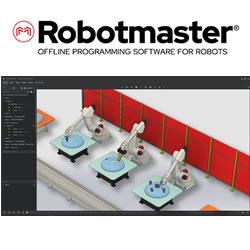Here comes the drone backlash
Autonomous Drifting
Humanoid robot negotiates outdoor, rough terrain with ease
Gecko-inspired technology for 'climbing' space robots
Auro Robotics: Driverless Shuttles for In-campus Travel
Carnegie Mellon, GE Ventures bringing robotics accelerator program to Pittsburgh
Robotics firm GreyOrange raises $30 million, to expand overseas
Giving robots a more nimble grasp
Robo-Sabotage Is Surprisingly Common
Foxconn Seeks Manufacturing Sites in India
Chinese factory replaces 90% of humans with robots, production soars
3D printing is not the miracle we were promised
Musk, Hawking, Chomsky: Why they want a ban on killer robots.
Fastbrick Robotics' bricklaying machine builds investor interest
Why Drones are Ditching their DIY Roots
Records 1171 to 1185 of 1599
First | Previous | Next | Last
Featured Product

